
Is Urgency Hurting Your Emails? Why It’s Time to Rethink Your Strategy
You’ve just finished crafting your next promotional email and you’re about to hit “Send.” The subject line shouts “12 hours left!” and you feel optimistic about it. Urgency drives attention and clicks, right?
But wait a sec.
Before turning up the pressure, ask yourself: is urgency helping or hurting your brand? While it can boost short-term revenue, overusing it can ruin trust and cause fatigue to your audience.
In this post, we’ll explore why relying too much on urgency can backfire, when to prefer it, and when alternative strategies might serve your brand better.
The Rise of Urgency in Email Marketing
Responding to urgency is deeply rooted in human psychology; we’re hardwired for it. Countdown timers, flash sales, last chance cues… When faced with time constraints, we are more likely to act quickly, especially if the reward is a desirable product or service.
And of course, there’s the FOMO effect, the fear of missing out. Worried that they’ll miss out on rare opportunities, people tend to indulge in exclusive and limited-time cues in emails. Pair that with social proof (e.g., “2,000 people already bought this!”) and urgency becomes even more persuasive.
Over the years, marketers have leaned on urgency tactics. When used effectively, these strategies can significantly boost short-term sales. But without moderation, they can backfire.
When Urgency Backfires: Common Traps to Avoid
Let’s explore some common urgency pitfalls that can hurt your brand in the long-term:
Email fatigue
Are you sending too many emails with similar urgency cues? If so, your audience will start to notice, and not in a good way. They’ll likely compare your messages to a bunch of similar emails from other brands, and that can quickly turn them off.
Email fatigue is real. To avoid becoming part of recipients’ inbox noise, limit how often you rely on urgency and monitor your sending frequency. Otherwise, recipients may unsubscribe, or worse, move your emails to the spam folder.
Minor copy adjustments can work wonders. So instead of a generic “Last chance!” email, try a more personalized, kinder tone, like “Hey Alex, your favorite sneakers are almost gone. They’re still available in your size. Just thought you’d want to know!”
Lack of credibility
Consumers today are more skeptical of promotional tactics. If you constantly target them with flash sales and discounts, they may start wondering whether your regular prices are inflated.
Over time, this undermines brand trust. You risk being seen as a “bargain brand,” one that’s always on sale and rarely worth the full price. This perception can gradually reduce the value of your offerings.
Think of brands like La Mer or Aesop. They rarely offer discounts. Their pricing is part of their positioning, and offering constant flash sales would undermine the exclusivity and quality they’ve worked hard to build.
Check out this email example from Aesop, Simple, elegant, and informative. No urgency needed:
Subject line: Offset the sun’s impact

Decreased profit margins
Urgency in emails can boost short term gains, but if it’s not backed by strategy, it’ll hurt long term profitability. So before sending an urgent discount email to join the hype, ensure that there’s no conflict with your ROI goals.
For example, if you’re in SaaS and you’ve spotted that many existing customers convert only during sales periods, maybe it’d be wiser to exclude that distinct group from urgent flash sales emails.
Customer loyalty at risk
Constant pressure can also negatively impact loyalty. When customers feel like they only matter during a sale, they’re less likely to form a genuine connection with your brand.
Loyalty isn’t built on flash deals. It’s built on trust, consistency, and meaningful engagement.
Also, if customers start seeing you as a bargain brand that chases quick wins, they may turn to competitors who feel more authentic and less pushy.
When Urgency Works (And Why)
But wait—can a tactic with so many fans be that bad? Urgency isn’t inherently evil. When used thoughtfully and sparingly, it can be incredibly effective. Let explore some use cases:
Authentic time-sensitive offers
Limited-time sales and discounts with real scarcity become more powerful when urgency is grounded in truth. Think of seasonal events like Black Friday or back-to-school promotions. These campaigns come with natural deadlines.
The difference from a random promotion? These deadlines are real and contextual. Black Friday only lasts for a few days (or hours) and kids really go back to school. These moments offer clear value at meaningful times, making urgency feel relevant rather than forced.
You can apply the same strategy to limited-edition products. If stock is genuinely limited, let your audience know. Just be honest. False scarcity does more harm than good.
Check out this example from Salomon. The urgency cues started from the subject line and continued in the email copy.
Subject line: Don’t miss the limited-edition Blue Fire Collection

Event registrations
Inviting subscribers to your next online or physical event? Boost registrations with a smart email sequence. Kick off this series in a neutral, informative tone. Adding pressure or urgency early on can turn off potential attendees.
As the date approaches or if spots start filling up, you can start introducing urgency elements. But be honest and accurate. Saying “Only a few spots left!” when that’s not true can backfire. Even worse, some people might assume it’s already too late and decide not to register at all.
Discount-seeking segments
Have a group of loyal customers who love a good deal? Great. Occasionally, send them urgent campaigns. Especially for exclusive, limited-time incentives. If the offer is timely and relevant, urgency can strengthen retention and loyalty.
Also, consider including a preference center where subscribers can opt in to receive flash sale alerts or time-sensitive promotions. This ensures you’re targeting the right people with the right content without overwhelming your broader audience.
Finally, you can use the urgency tactic to:
- Give a gentle push to inactive customers to win them back
- Motivate churned customers to renew their subscriptions
- Remind inactive customers to replenish their products before turning to competitors
Just be sure to track how they respond; urgency should invite action, not pressure.
Abandoned cart emails
People who’ve left items in their carts without completing a purchase have shown a real interest in your products and services. Even if you can’t be sure what kept them away from checkout, adding a sense of urgency to abandoned cart emails can bring them back on track.
Avoid sounding pushy as you may confuse them. Instead, share a reasonable argument to convert them. For example, state how long the product is going to stay in their cart before returning to stock.
Subtle wording, such as “don’t miss out on” or “few items left” is more fitting in this campaign type—again, only if it’s true. You can also share a limited-time discount if you really wish to convert that customer.
Check out this example by Cotopaxi:
Subject line: Don’t Leave a Good Cart Behind…
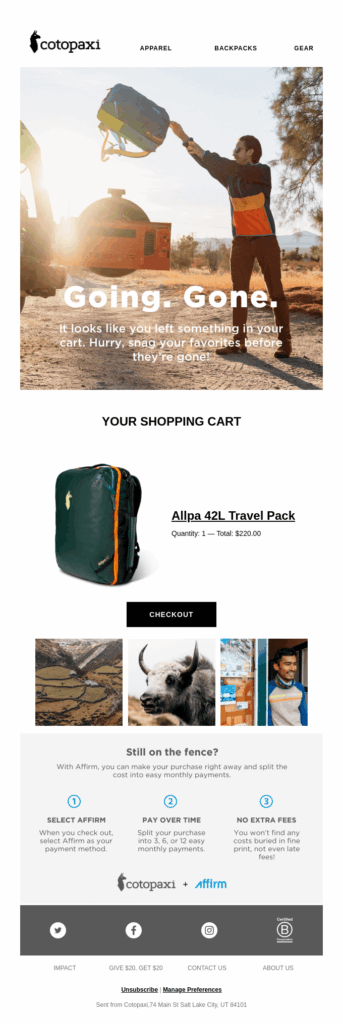
Smarter Alternatives to Urgency
Urgency is not the only way to drive sales. Let’s explore how to build anticipation and excitement to readers without adding pressure to them:
Personalization
Customers appreciate emails that feel tailored to them. The more relevant to their needs and preferences, the more likely they are to click, engage, and convert.
Start with list segmentation. Group subscribers based on shared traits like location, purchase history, or browsing behavior. Then, use dynamic content to personalize product recommendations, messaging, and offers. For example, a customer who recently bought running shoes might prefer suggestions for athletic gear, while a visitor browsing for hiking accessories would be interested in relevant recommendations.
To gather these insights, share a preference center during the signup process and let them update it at any time. You can also use AI-powered tools that predict interests or automations based on behavior. For example, if someone checks “the European destinations” of a travel agency, they can be added to an “interested in Europe” list.
Even small copy tweaks can make a big difference. Phrases like “We thought you’d like this” or “Recommended just for you” add thoughtfulness that urgency often lacks. In many cases, relevance and empathy outperform pressure, helping you build stronger relationships.
Education
Instead of rushing subscribers to buy, inspire them to act on their own. Educational content is a powerful way to do this. Show your customers how they can make the most of your products or services.
For example, if you sell beauty products, don’t say why they’re good; show it. Share DIY makeup tutorials or expert skincare tips. When subscribers see the value, they’re more likely to move toward checkout. Not because they’re pressured, but because they’re genuinely interested.
Use segmentation here, too. For instance, send haircare tips to one group and skincare routines to another, based on their preferences or past purchases.
At Moosend, we recently launched a promotional “stress-free” email series to help our audience tackle subscribers’ email fatigue. While a discount is included, the spotlight stays on value and learning, not urgency.
Subject line: 🧘♂️ Give Your Audience Room to Breathe

Milestones
Milestone emails celebrate important moments in the customer’s or brand’s journey, such as birthdays, first-year customer anniversaries, or activity milestones. And they’re a powerful way to delight customers without the hard sell.
When delivered with genuine excitement, these emails can significantly boost engagement and foster long-term loyalty. Make customers feel seen and appreciated to reinforce their connection to your brand.
Consider adding a gentle call-to-action, such as a birthday discount of a curated product selection. But keep the tone celebratory, not salesy.
The best part? These emails can be easily triggered with automation software based on key dates and behaviors. Just make sure the milestones you choose are meaningful to your audience.

Social proof
Following the “show, don’t tell” principle, consider replacing countdown timers and flash sales with customer testimonials. Social proof plays a key role in marketing. It taps into the FOMO effect but in a less aggressive way. Instead of telling subscribers why your product is great, let your customers do the talking.
Share authentic reviews, star ratings, or case studies that highlight real experiences. You can also share badges from review sites such as G2 or logos from well-known brands that trust you.
You can either create dedicated campaigns or include testimonials in your promotional emails. Either way, social proof adds credibility and relatability, two things that urgency alone can’t deliver.
Storytelling
To truly hook readers, without posing urgency, tap into the power of storytelling. Use narrative techniques that move readers to an emotional level, such as:
- Telling stories about real experiences
- Describe what challenges the main character faces
- Tap into resolutions that resonate with your audience
This way, your message becomes memorable, without applying even an inch of pressure.
Check out this great email example from Nike focusing on resilience:
Subject line: You Can’t Stop Us: Find Your Resilience

Move Beyond Pressure
Every customer has their own pace. Brands should respect it if they want to build long-lasting relationships rooted in trust. While urgency can be valuable at times, it can also push people away. Knowing when to use it and when to hold back is essential for success.
After all, urgency is a tool, not a strategy. Use it wisely, and lean on alternative, engaging tactics to keep subscribers by your side.
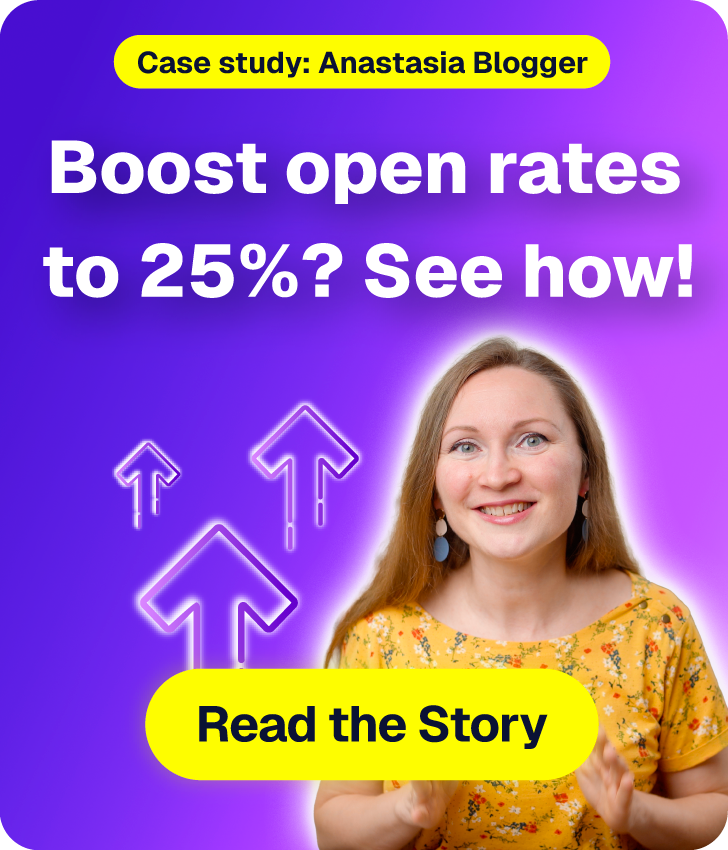
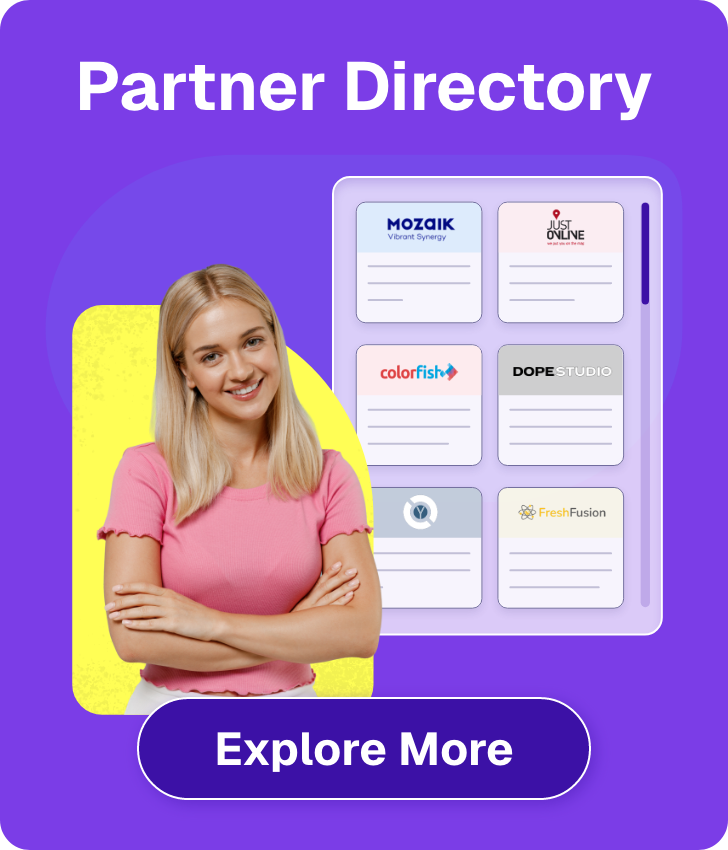

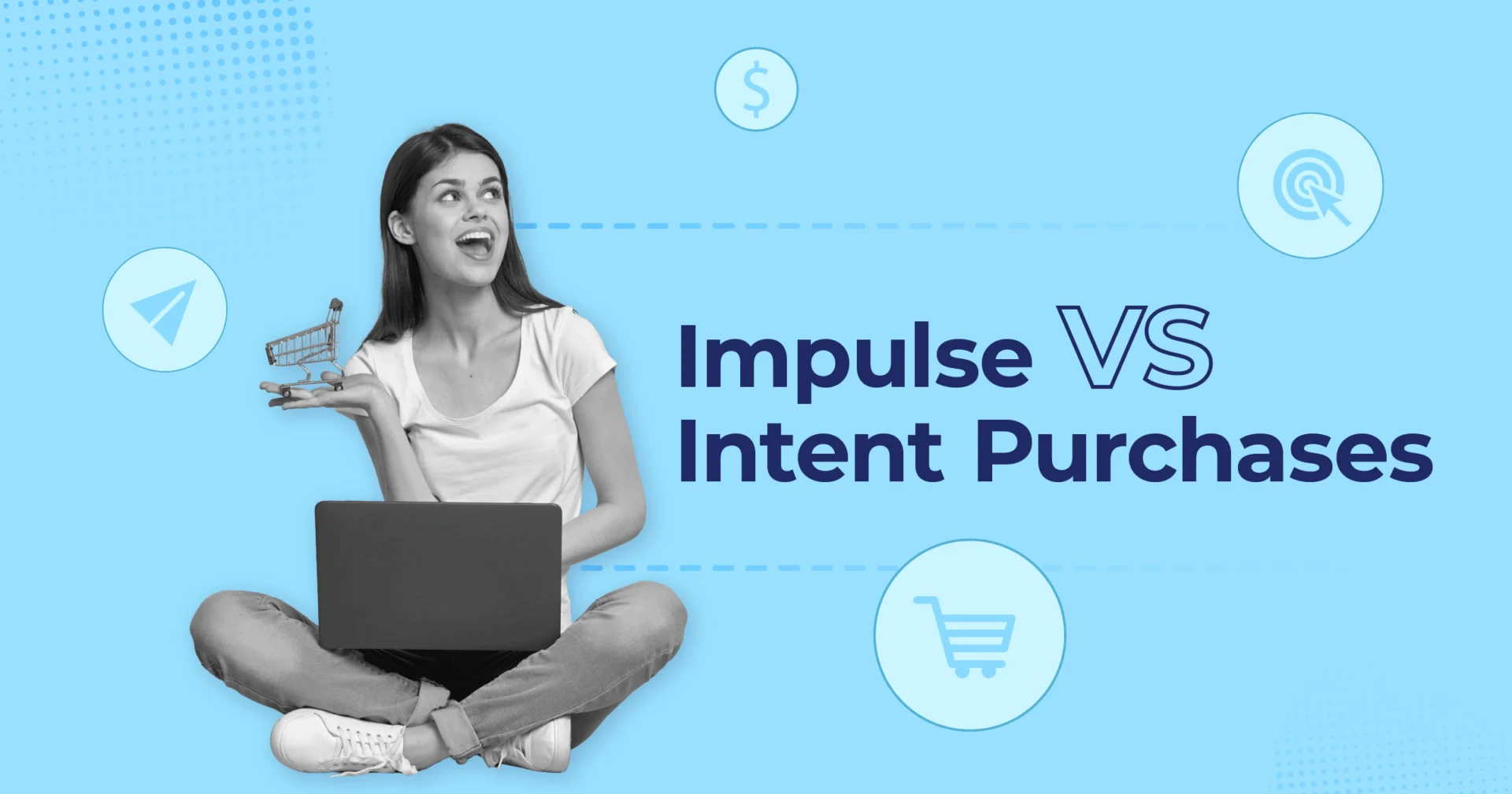
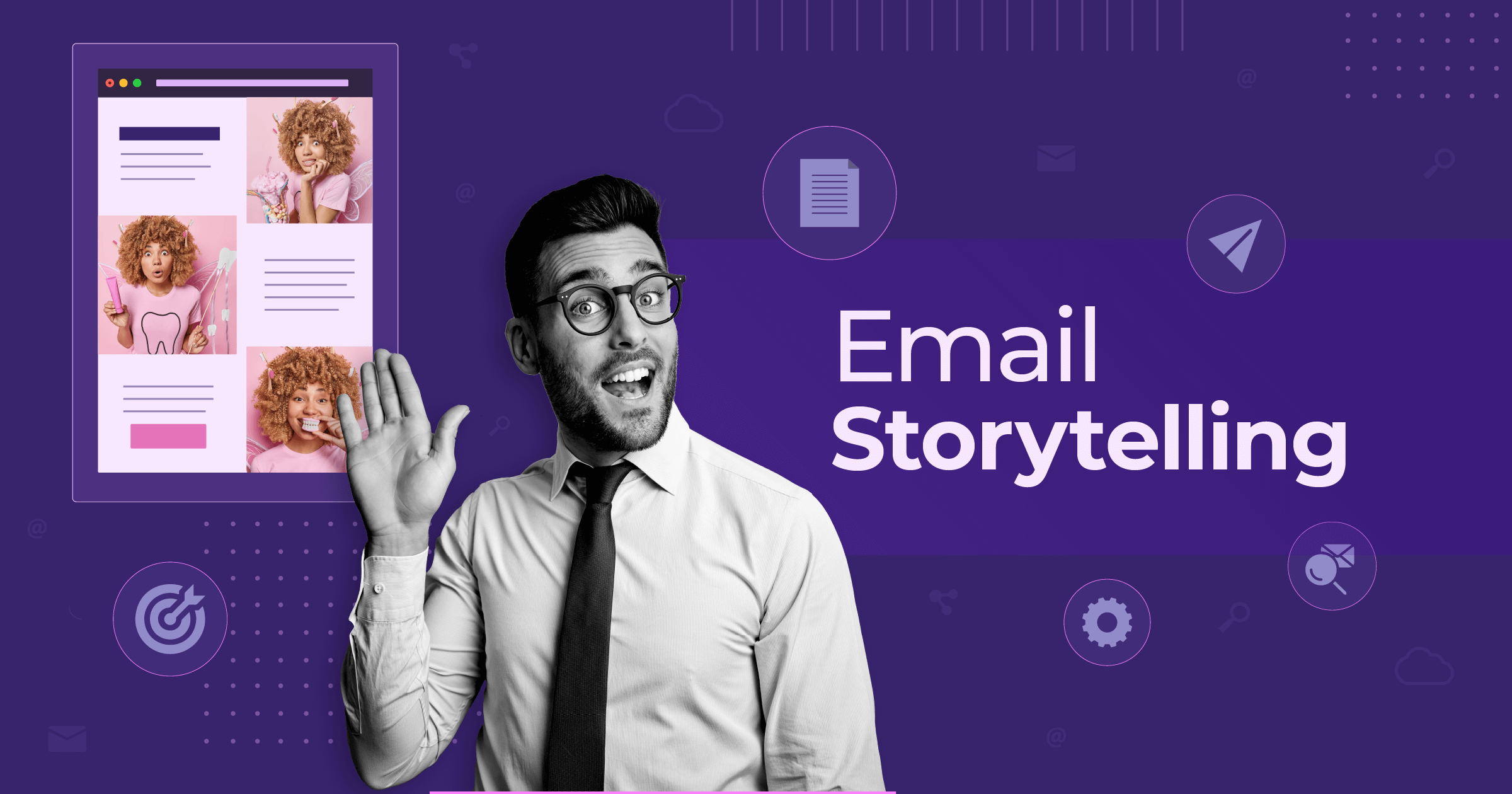
 Published by
Published by
